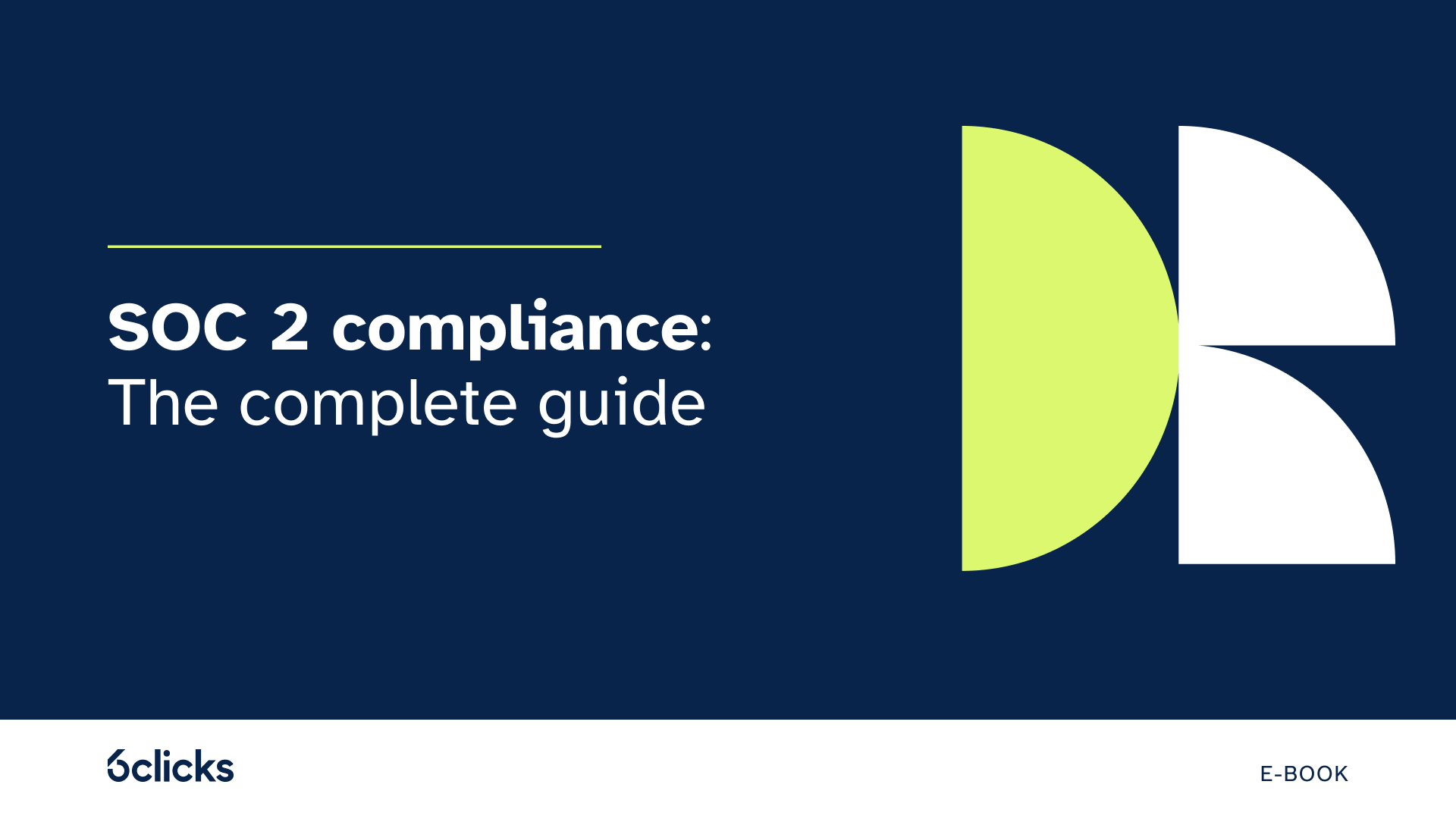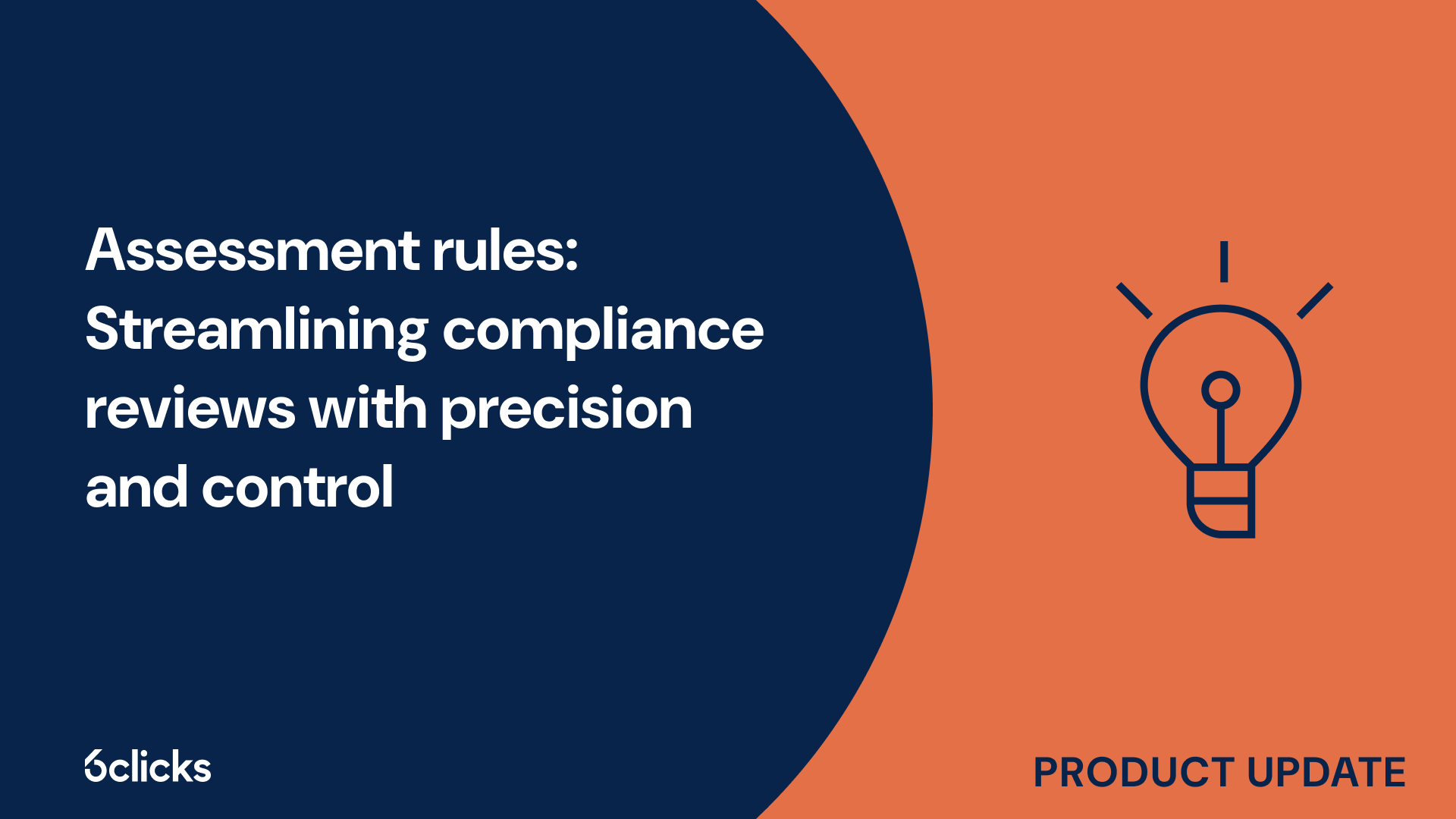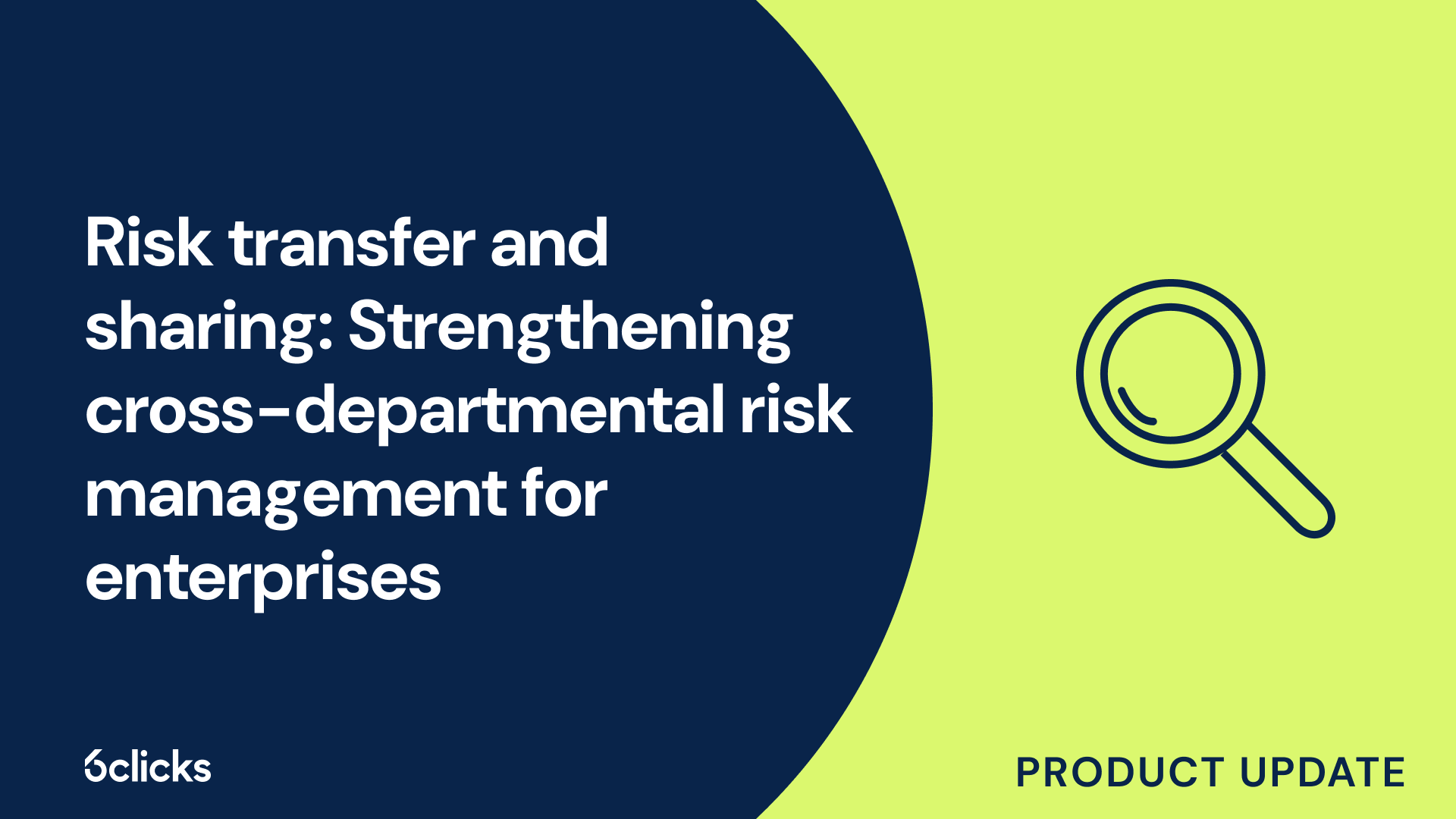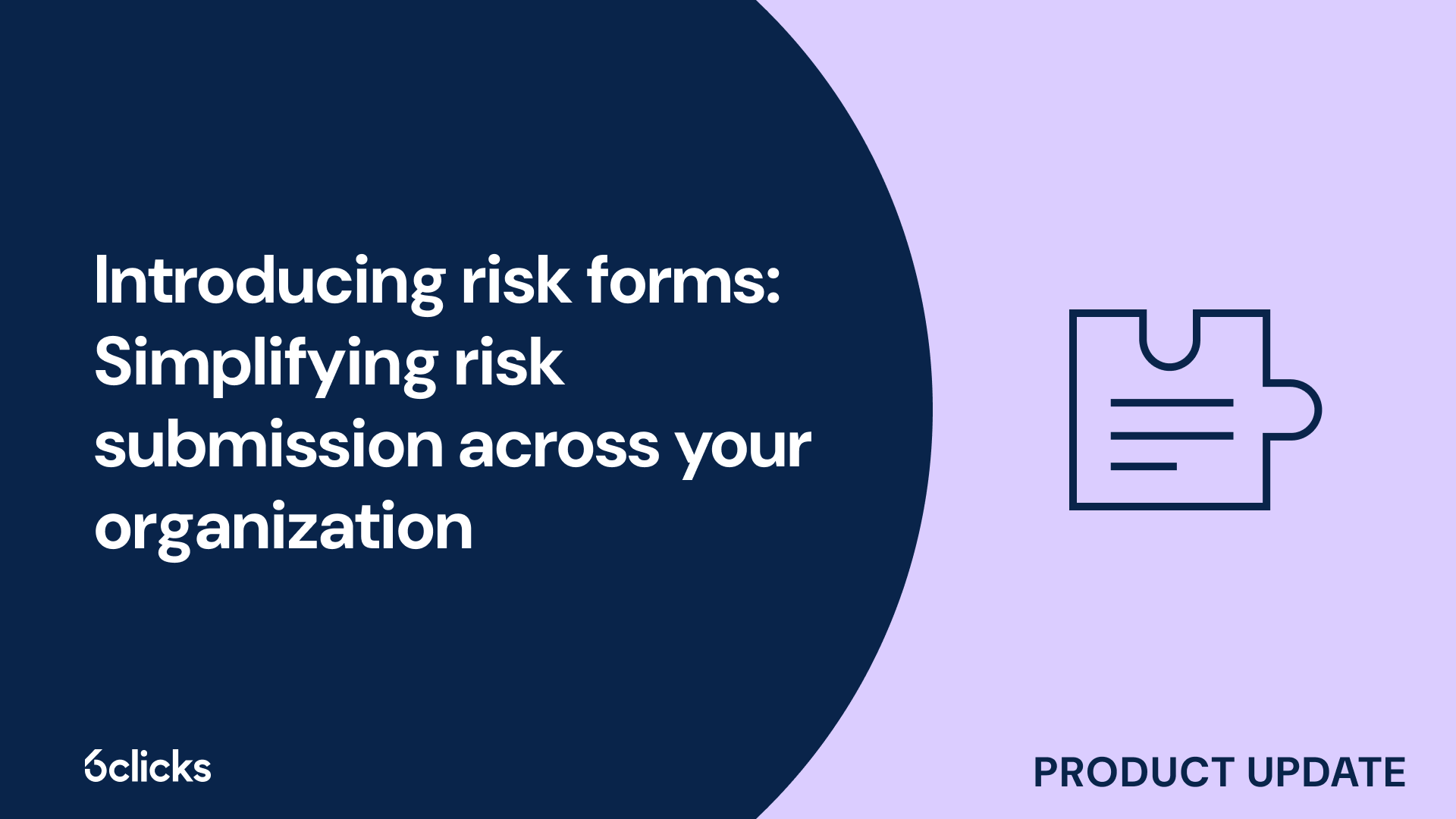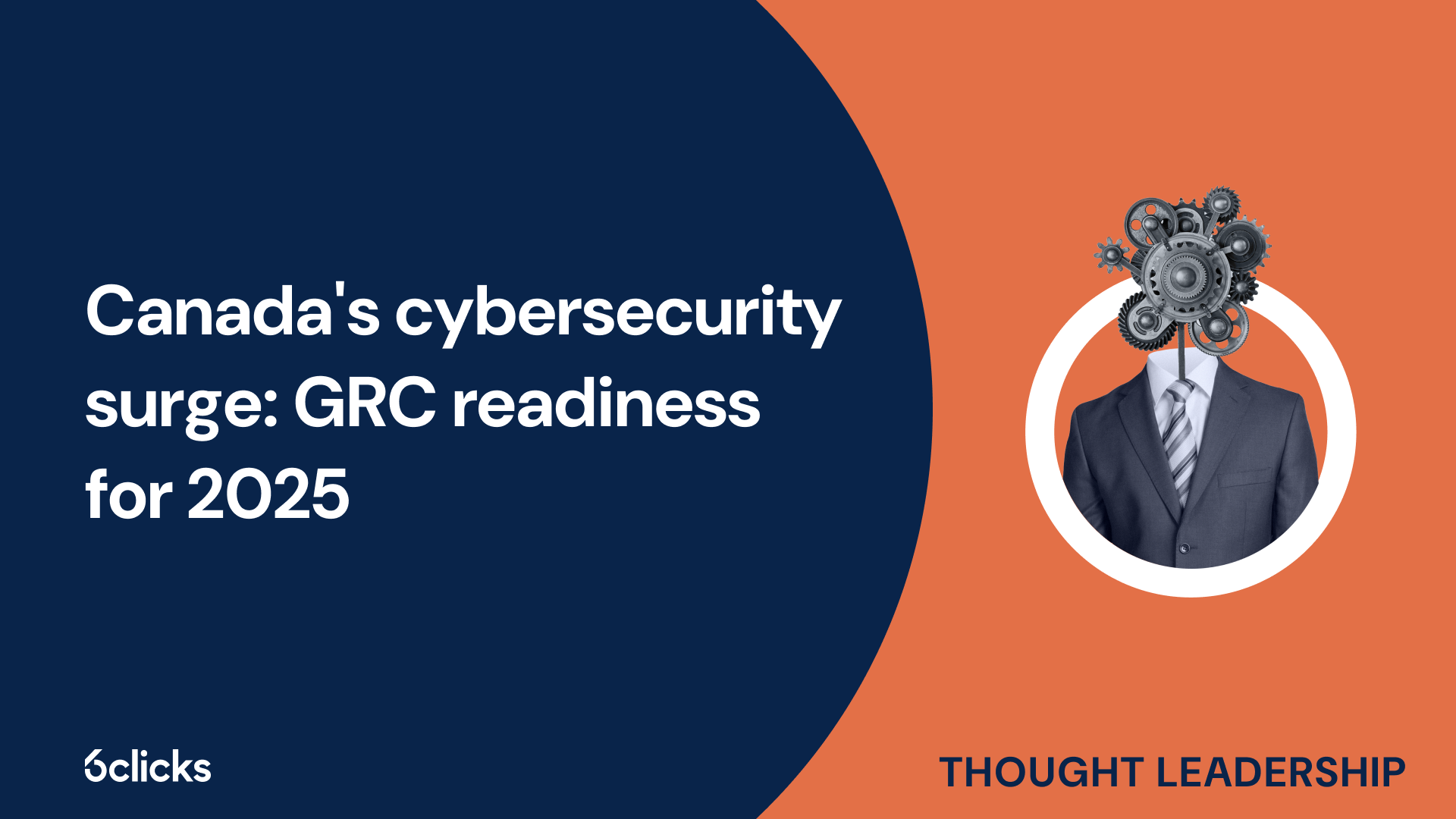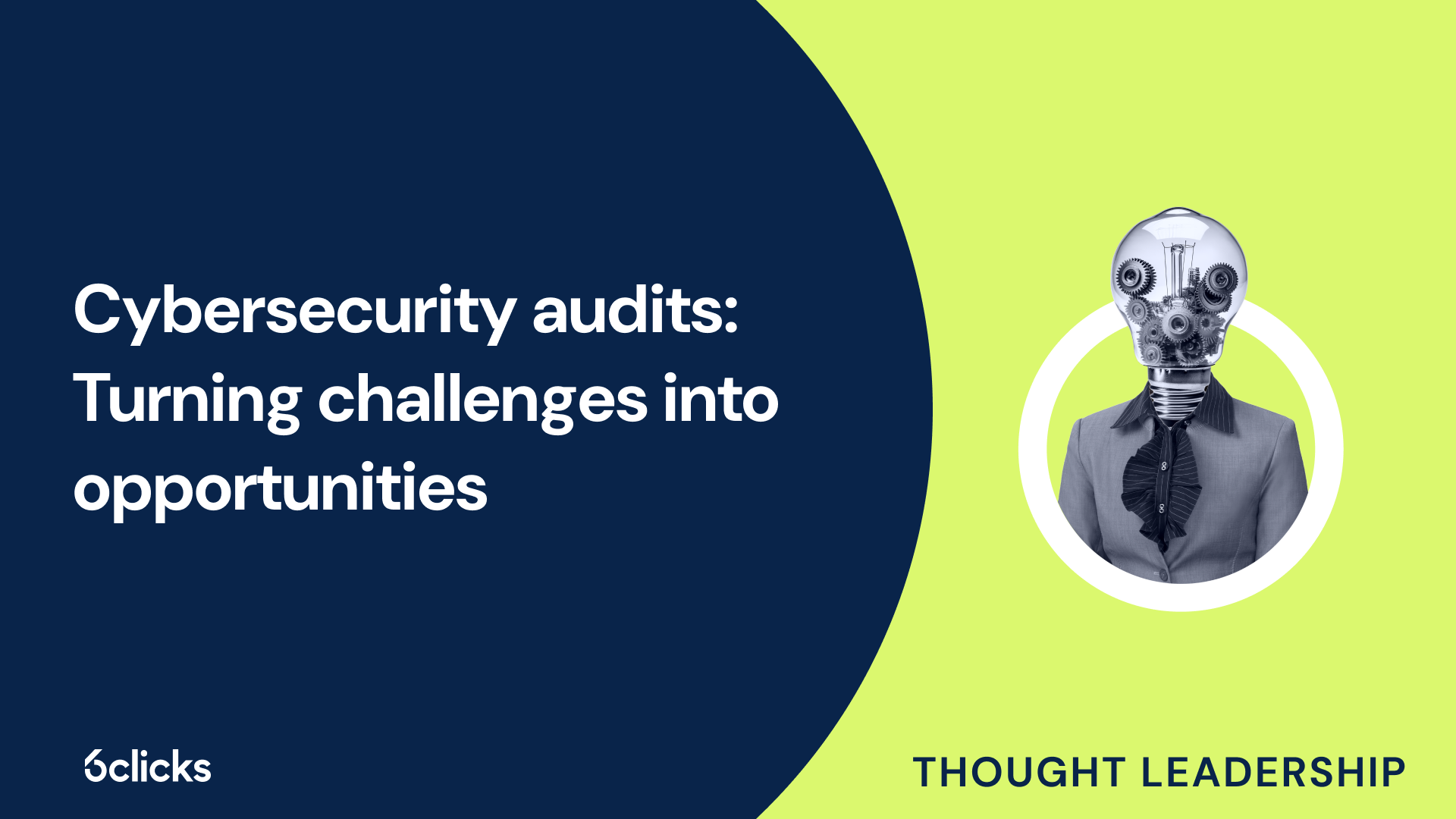Mastering the cybersecurity domain in 2025
Discover how to future-proof your organization’s cybersecurity in 2025. This free guide from 6clicks explores core security domains, regulatory frameworks, and how to integrate GRC for scalable, resilient, and audit-ready programs. Essential reading for CISOs, risk managers, and compliance leaders.
-1.png?width=200&height=249&name=Group%20193%20(1)-1.png)
Mastering the cybersecurity domain in 2025
How do global cybersecurity frameworks align with core security domains?
TL;DR: Global cybersecurity frameworks like NIST CSF, ISO 27001, and SOC 2 align closely with the eight core security domains—providing structured, auditable ways to operationalize best practices across industries and geographies.
The 6clicks expert guide Mastering the Cybersecurity Domain in 2025 explains that although cybersecurity risks are global, regional and sector-specific frameworks are essential for turning strategy into action. These frameworks break down high-level goals into specific control sets, making it easier for organizations to apply the 8 core cybersecurity domains in a repeatable and compliant way.
Frameworks vary in scope—from maturity-based guidance like NIST CSF, to certification standards like ISO 27001, to regulation-driven requirements like the EU’s NIS 2 Directive. Regardless of format, they all support the same foundational goals: protect data, manage risk, ensure resilience, and maintain trust.
How frameworks map to core domains:
| Framework | How it aligns with core domains |
|---|---|
| NIST CSF | Covers all 8 domains, especially risk management, identity, operations, and response. |
| ISO 27001 | Strong alignment with governance, asset security, IAM, and secure development. |
| SOC 2 | Focuses on confidentiality, integrity, and availability across asset, software, and operations. |
| Essential Eight (Australia) | Maps directly to domains like secure configuration, patching, and access control. |
| NIS 2 (EU) | Emphasizes operational resilience, supply chain security, and governance. |
These frameworks provide validation paths for organizations to demonstrate they have implemented the domains—not just in theory, but in measurable, auditable ways.
Why this matters in 2025
In an era of global cyber risk and expanding regulatory oversight, organizations need to adopt framework-backed cybersecurity strategies. Doing so helps:
-
Avoid fines and legal exposure
-
Gain trust from customers, regulators, and partners
-
Drive maturity using proven models
-
Align cybersecurity with operational goals across teams
Need help aligning your security domains with global frameworks?
Book a demo with 6clicks today to see how our platform maps your controls to NIST, ISO, SOC 2, and other standards—automating evidence collection and accelerating compliance.



